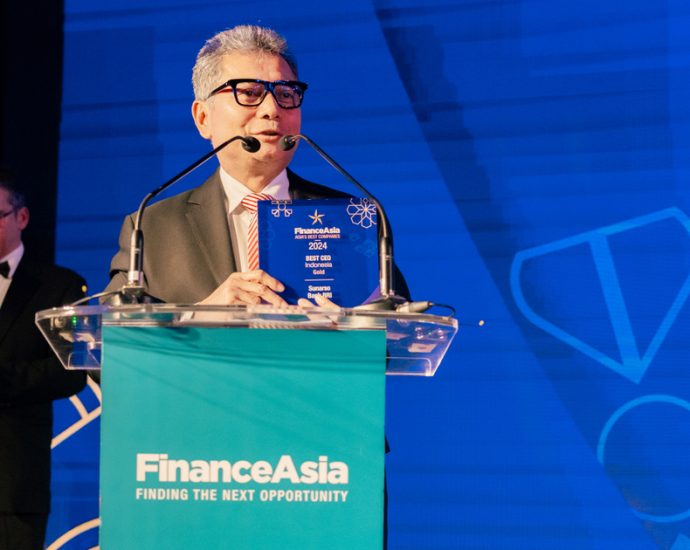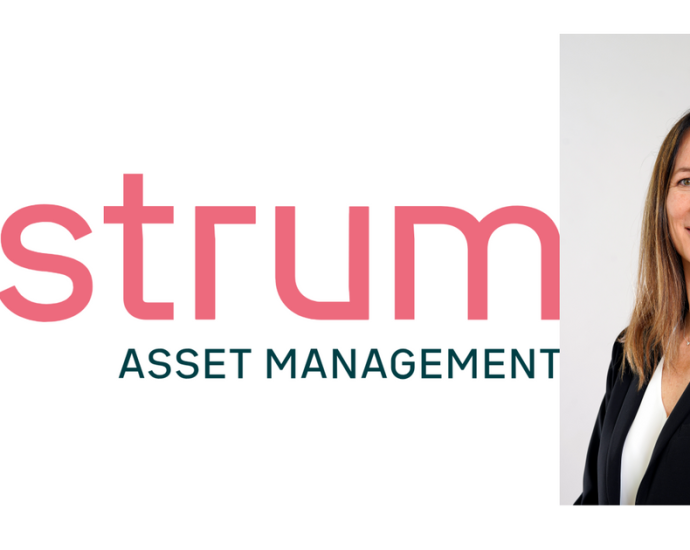JP Morgan rings Apac ECM leadership changes | FinanceAsia

JP Morgan is making a number of senior leadership changes and hires in Asia Pacific (Apac) and New York, according to internal bank memos seen by FinanceAsia, and confirmed by a JP Morgan spokesperson.
¬ Haymarket Media Limited. All rights reserved.

















